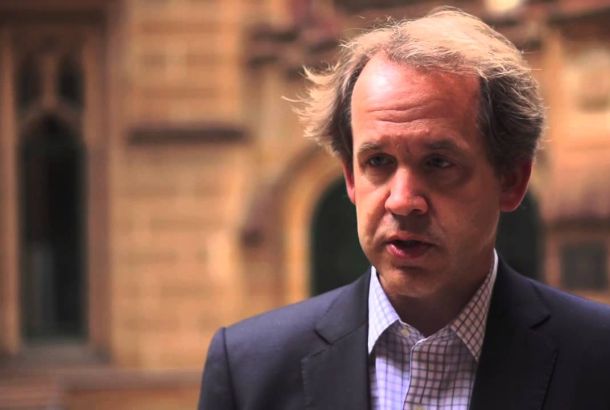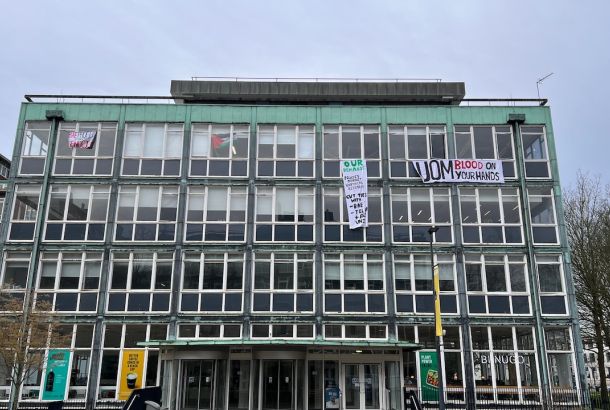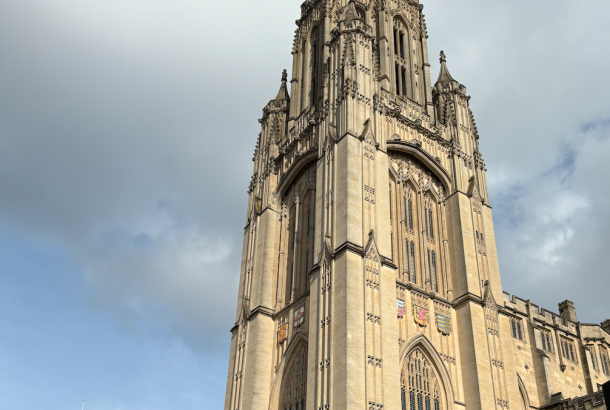As another year begins at the University of Manchester with flyers plastering the streets, aiming to grab students with offers into every bar, pub and club, it is clear that the student economy is buzzing with activity. Living in our Manchester student world however, the economy does not stop there. Steadily over the years another ‘industry’ forming an illicit economy has dug deeper underground and is known as the black market.
High risk drug dealing offers big rewards to students caught in the grip of increasing University fees and student living costs on the one hand and insufficient part time earning opportunities on the other. Whilst to some, such a concept might seem ludicrous – how could one risk a potential 14 year prison sentence and/or an unlimited fine just to cover university costs? The fact that drugs are present and thought to be frequently traded amongst students, suggests that this illicit economy is structured in order to avoid such risks and is solid enough to entice students into its trade year after year.
This is hardly surprising when you begin to consider just how far reaching this black market is. The UNODC estimated the value of the drug trade at $400billion in its 1997 World Drugs Report, leading drugs to be considered one of the world’s largest traded goods (alongside oil). Due to the vast sums of money involved in such an industry, this translates into a global hierarchy of traders, filtering down to different areas and (especially in the UK), to students.
Whilst it is clear that economic factors provide a key reason for involvement in such a market, what is also interesting is how this market is both maintained and structured so it can continue to thrive. Student dealers tend to form the very bottom of the trading hierarchy and like in many licit industries, drug traders focus on increasing margins, they therefore want to cut out the middle men. This leads to constant networking, as a student might begin to meet those local traders higher up in the ‘industry’ and so closer to the source of the drugs, resulting in cheaper and bigger bulk buying.
Such a cycle illustrates the process of this economy, which also fluctuates with peak ‘seasons’ (the end of exams for example) often corresponding with the occasions when student living costs might increase. This economic analysis demonstrates why the black market might be attractive to students who can earn somewhere in the thousands. It is also worth bearing in mind that as these students begin to become increasingly involved in the trade, they start to no longer cover university debts, but are instead funding an ever demanding habit of their own. Despite the risks and the tarnish such activity could leave record, the trade keeps speeding along, forming another world of business.







